Description
Indications
Adglim tablet is indicated in following conditions-
- Adglim is indicated as an adjunct to diet and exercise to lower the blood glucose in patients with noninsulin dependent (Type II) diabetes mellitus (NIDDM) whose hyperglycaemia cannot be controlled by diet and exercise alone.
- Adglim may be used concomitantly with metformin when diet, exercise, and Adglim or metformin alone does not result in adequate glycaemic control.
- Adglim is also indicated for use in combination with insulin to lower blood glucose in patients whose hyperglycaemia cannot be controlled by diet and exercise in conjunction with an oral hypoglycaemic agent.
- Combined use of Adglim and insulin may increase the potential for hypoglycaemia.
Pharmacology
Dosage
In principle, the dosage of Glimepiride is governed by the desired blood sugar level. The dosage of Glimepiride must be the lowest which is sufficient to achieve the desired metabolic control. The initial and the maintenance doses are set based on the results of regular check of glucose in blood and urine. Monitoring of glucose levels in blood and urine also serves to detect either primary or secondary failure of therapy.
Initial dose and dose titration: the usual initial dose is 1 mg once daily, if necessary, the daily dose can be increased. Any increase can be based on regular blood sugar monitoring, and should be gradual, i.e., at intervals of 1 to 2 weeks, and carried out stepwise, as follows: 1 mg -> 2 mg -> 3 mg -> 4 mg -> 6 mg.
Dose in patients with well controlled diabetes: the usual dose range in patients with well controlled diabetes is 1 to 4 mg daily.
Distribution of doses: Timing and distribution of doses are decided by the physician, in consideration of the patient’s current life-style. Normally, a single daily dose is sufficient. This should be taken immediately before a substantial breakfast or if none is taken immediately before the first main meal. It is very important not to skip meals after taking the drug.
Secondary dosage adjustment: As control of diabetes improves, sensitivity to insuiin increases; therefore, Glimepiride requirement may fall as treatment proceeds. To avoid hypoglycaemia, timely dose reduction or cessation of Glimepiride therapy must be considered. A dose adjustment must also be considered whenever the patient’s weight or life-styie changes, or other factors arise which cause an increased susceptibility to hypo or hyperglycaemia.
Changeover from other oral antidiabetics to Glimepiride: There is no exact dosage relationship between Glimepiride and other oral blood sugar lowering agents. When substituting Glimepiride for other such agents, the initial daily dose is 1 mg; this applies even in changeover from maximum dose of other oral blood sugar lowering agents. Any dose increase should be in accordance with guideline given above in ‘initial dose and dose titration’. Consideration must be given to the potency and duration of action of the previous blood sugar lowering agent. It may be necessary to interrupt treatment to avoid additive effects which would increase the risk of hypoglycaemia.
Administration
Interaction
Based on experience with Adglim and known interactions for other sulfonylureas, the following interactions must be considered.
In addition to insulin and other oral antidiabetic agents, drugs which may potentiate the hypoglycaemic action of Adglim include: ACE inhibitors, aminosalicylic acid, anabolic steroids and male sex hormones, azapropazone, chloramphenicol, ciofibrate, coumarin derivatives, cyclophosphamide, disopyramide, fenfluramine, fenyramidol, fibrates, fluconazole, fluoxetine, guanethidine, ifosfamide, MAO-inhibitors, miconazole, oxpentifylline (high dose parenteral), oxyphenbutazone, para-aminosalicylic acid, phenylbutazone, probenecid, quinolones, salicylates, sulphinpyrazone, sulfonamide antibiotics, tetracyclines, tritoqualine, trofosfamide.
Drugs which may attenuate the hypoglycaemic action of Adglim include:
- Acetazoiamide, barbiturates, calcium channel blockers, corticosteroids, diazoxide, diuretics, glucagon, isoniazid, laxatives, nicotinic acid (high doses), oestrogens, phenothiazines, phenytoin, progestagens, rifampicin, sympathomimetic agents, thyroid hormones.
- H2 receptor antagonists, beta-blockers, clonidine and reserpine may lead to either potentiation or weakening of the blood-glucose-lowering effect.
- Concomitant treatment with a beta-receptor blocker, clonidine, guanethidine or reserpine may mask the warning symptoms of a hypoglycaemic attack.
- Acute and chronic aicohol intake may either potentiate or attenuate the activity of Adglim in an unpredictable fashion.

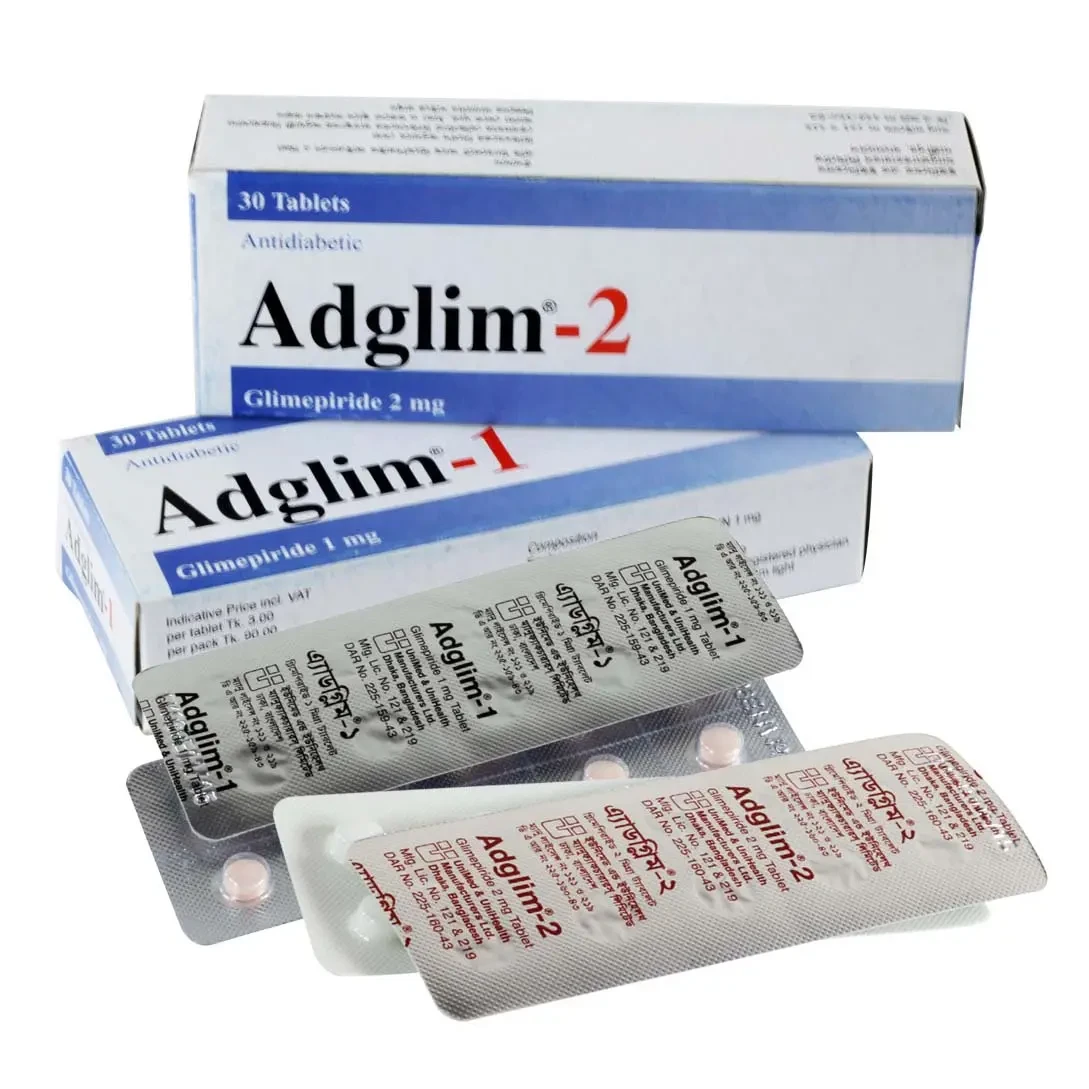
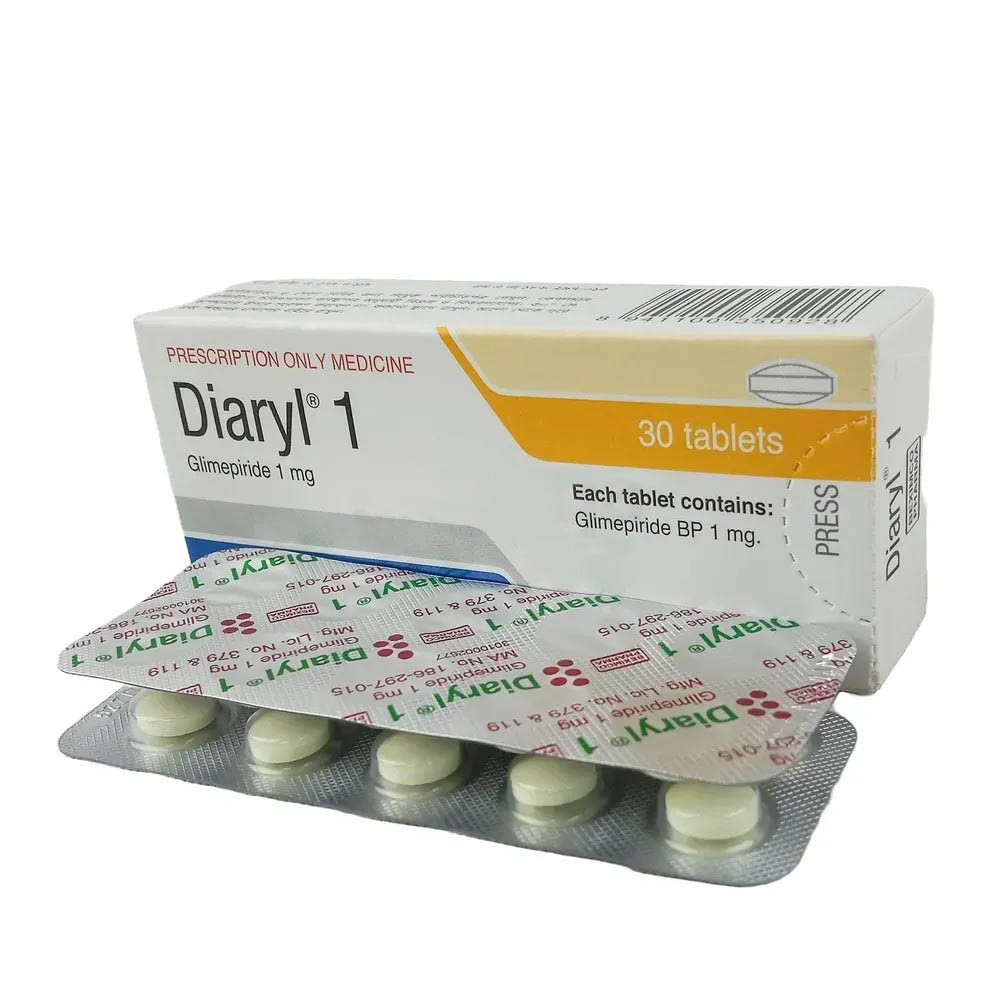
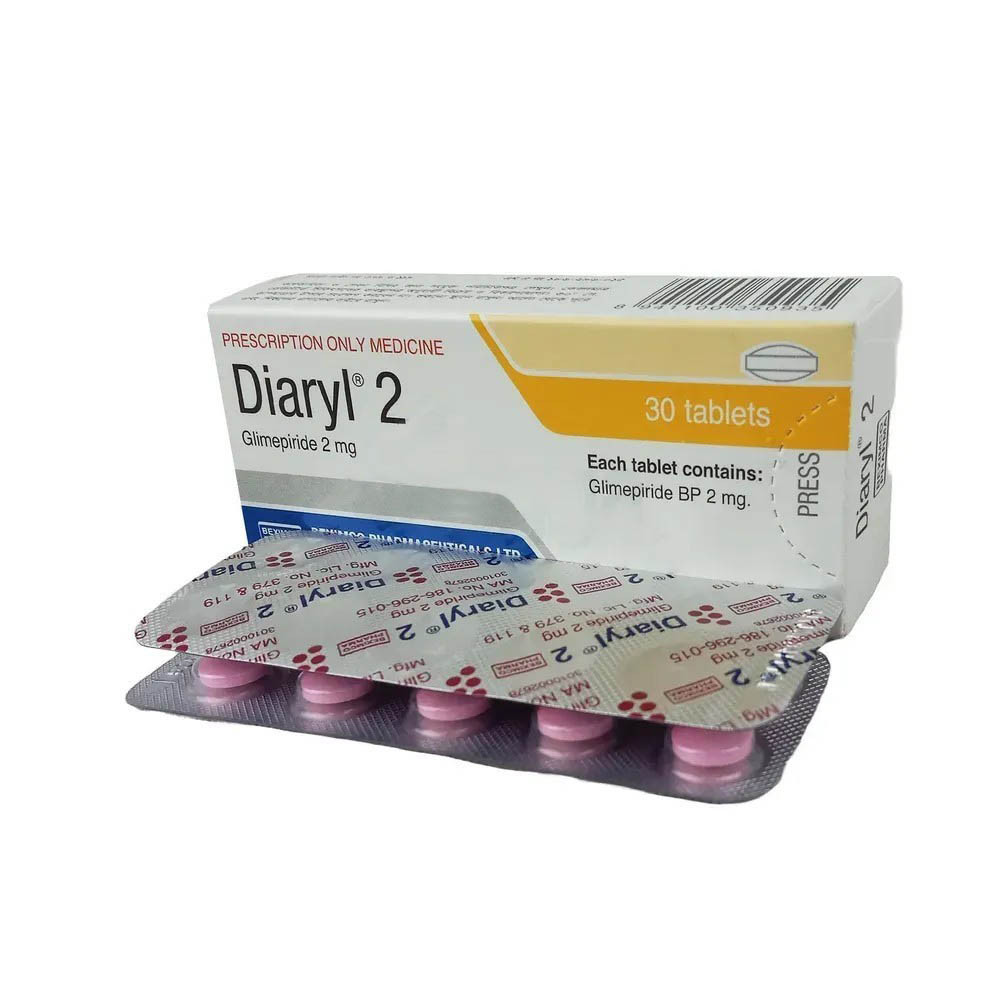
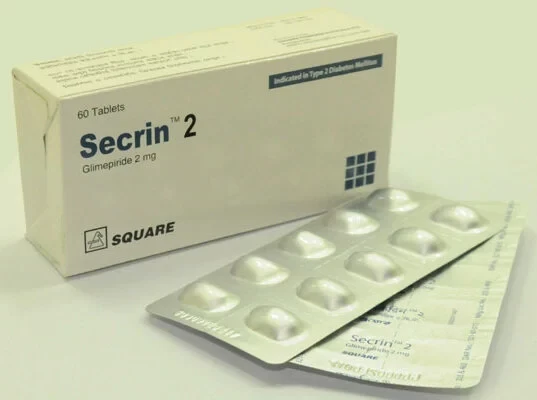
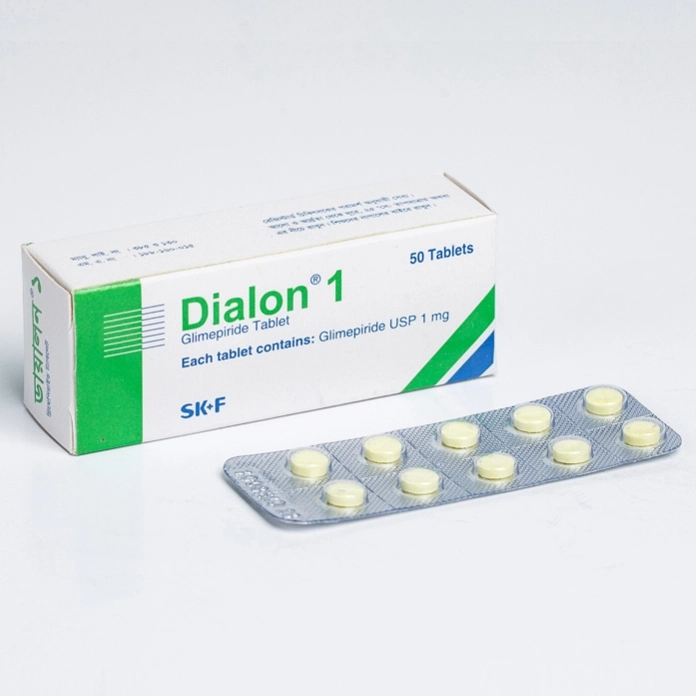
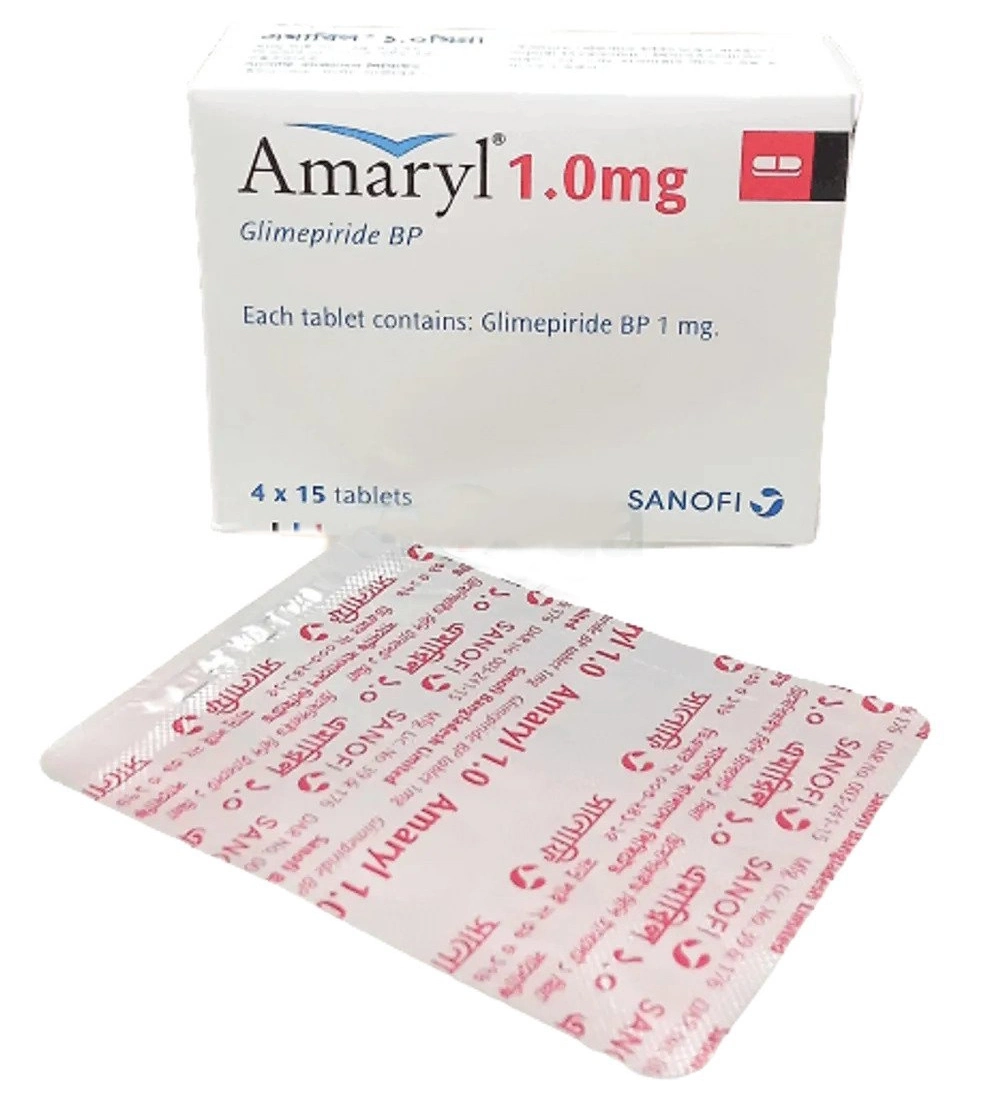
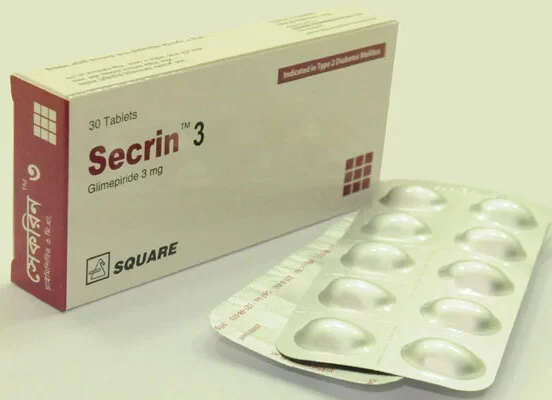
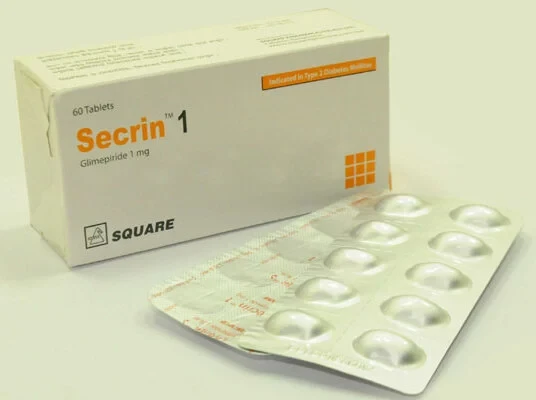
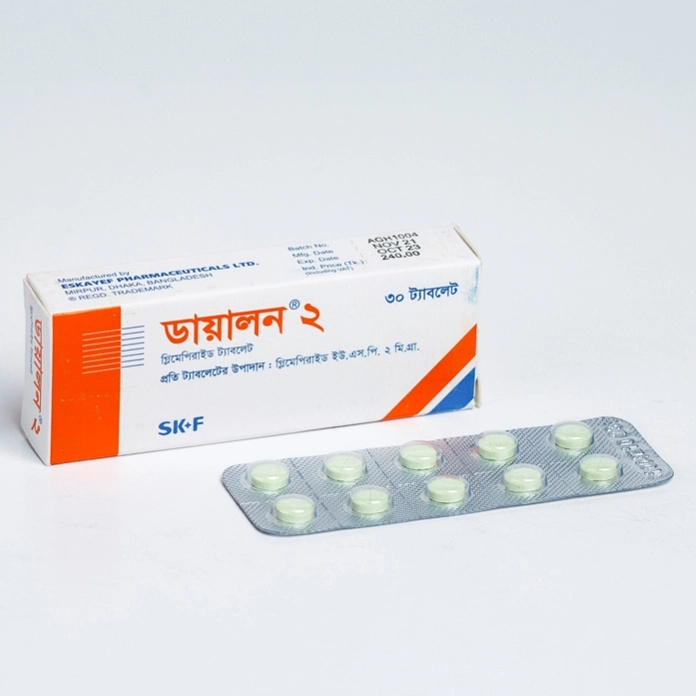

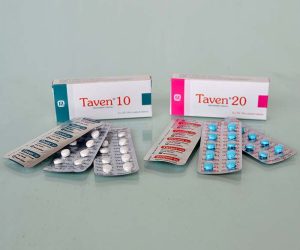
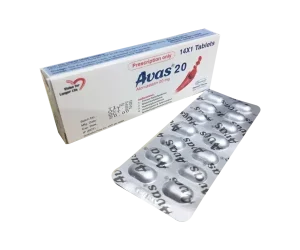
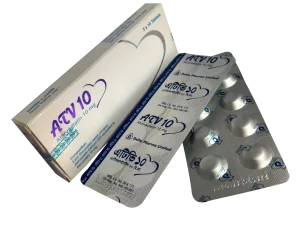
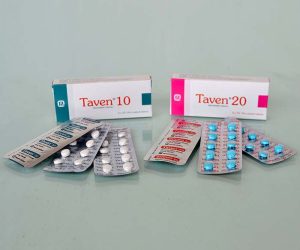
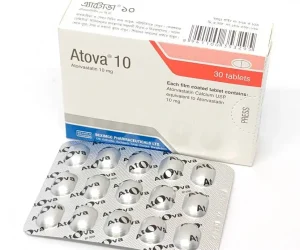
Reviews
There are no reviews yet.